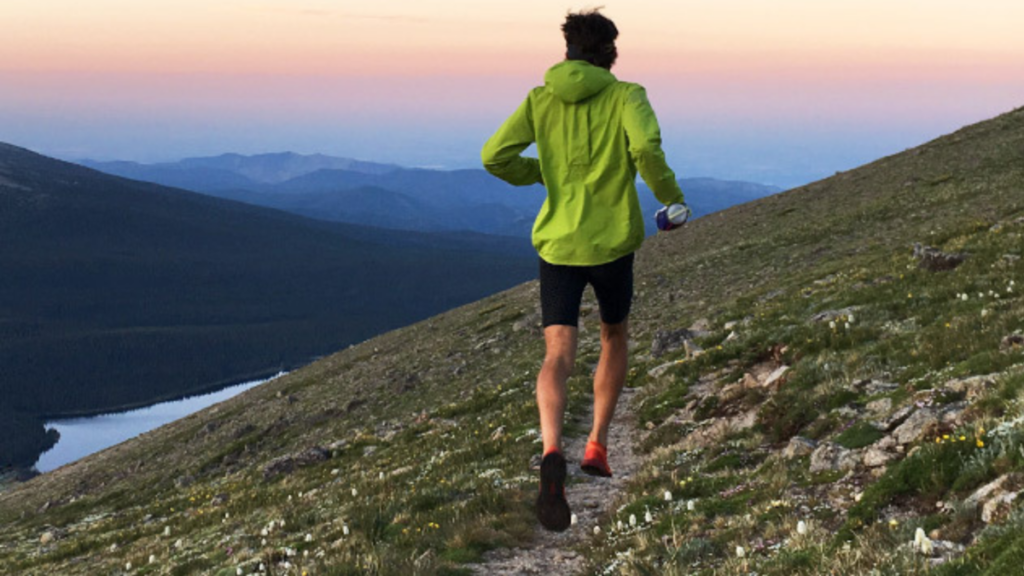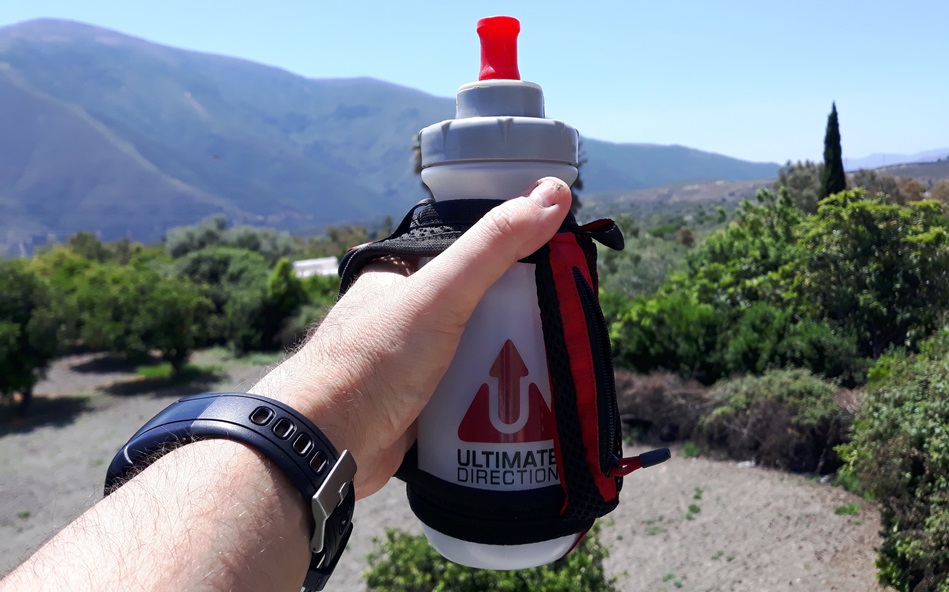
Most of the time trail running involves getting away into the hills. There are no convenience stores for supplies along the way and there is no Uber on call if you get too tired.
That is why you need to prepare ahead of time. Seasoned trail runners have a dedicated hydration pack with their key gear permanently ready.
For those new trail running, here is what you need to know to be able to make sure that you’re well prepared for your next trail run.
Know Where You Are Going
Make sure that you either know the area well and the trail run that you going to be going on. If you are heading out somewhere new take the time to study the maps and plan your intended route.
This includes checking out possible escape routes if things go wrong along the way. This is especially critical if it’s a very long trail run.
Know The Ability Of The Weakest Runner In Your Group
If you’re heading out in a group, the speed of your entire group will be dependent upon the weakest run in your group. Therefore, knowing what the ability is would enable you to be able to plan how long the overall trail run will take as well as how long each individual segment of the run is going to be taking.
Make sure that you inform somebody ahead of time where you will be running and what your expected time of return is going to be. This is so that if you are late without letting them know then at least someone knows where mountain rescue neededs to start looking. This last part is even more vital if you are out on your own.
Check The Weather And Plan Accordingly
Part of your key trail run preparation is making sure that you know what the weather conditions are going to be like.
If it’s going to be scorching hot when you make need to make sure that you have enough hydration, not to mention your hat, sunglasses, and sunscreen.
If the weather is likely to be turning and becoming rainy, windy, or cold you must make sure that you have sufficient layers to be able to keep yourself warm.
That was what stumped Jim Walmsley in his 2020 attempt at the Hardrock 100 course record. A lack of calories meant that he couldn’t move fast enough to keep warm with the clothing layers that he had with him.
Water And Nutrition
Depending on the distance that you are going to be running, you need to make sure that you have enough water so that you do not get yourself dehydrated and into trouble.
If the distance is going to be fairly substantial then make sure that you have some sort of nutrition with you so that you don’t run out of energy.
Have Good Trail Running Shoes
Having a good pair of trail running shoes with soles that are suitable for the type of terrain that you can to be covering becomes more important as the distance of your run increases.
Yes, for a beginner, you can get away with using your road shoes but as you move on to more challenging trail conditions it definitely will help you to have a good pair trail running shoes.
To help you in your quest to find the right type of trail running shoe for the types of trails that you will be running, here is a link to the page that I put together for what I find to be the best types of trail running shoes that I’ve tried different trail surface conditions.
Hydration Pack
If your intend to trail run is relatively short in distance, you can get away with something like a handheld water bottle type of system for your hydration needs.
These hand-held systems have a little pocket in the back that you can stash a gel or two as well as your car keys.

With a hand-held unit, you will be able to head out to the trails of all those shorter types of distances. However, as soon as the distances become longer a hydration pack becomes key.
Not only would your hydration pack be able to have and hold the water that you’ll be needing for your intended trail run, but it will also enable you to carry nutrition, additional clothing layers, head torch, Etc.
Your trail running hydration pack has the packing space that you need for the required gear that is critical for staying safe in the mountains for a long day.
Hiking Poles
If you’re going to be heading out on steep and Technical terrain, running with a set of hiking poles gives you that additional stability that can be the difference between success and bloodied knees.
When you use hiking poles you are able to use your arms and shoulders to relieve a little bit of your body weight away from your legs thereby helping you to preserve the energy and power within your legs for that much longer.
Studies have shown that the use of hiking poles reduce leg muscle strain by approximately 20%.
Essential Equipment For A Long Day Out On The Trails
These are what I consider to be my absolute must-have when I’m doing a very long run out on the trails whether it is with somebody else or when I go out on my own:
- Map, compass, and GPS unit because as my mountain guiding instructor taught us, “Maps don’t have batteries that can go flat, no matter how long you are in the mountains.”
- Sun protection including sunscreen, hat, and sunglasses.
- Extra layers of clothing and that include a beanie to be able to keep my head won’t be if the temperature suddenly drops
- Head torch with spare batteries
- An emergency blanket if something is seriously wrong
- Extra nutrition and hydration over and above what I would normally be planning for that length of time in the mountains.
- From a communication point of view, a fully charged phone, and a whistle.
- And then last but by no means least, a small first aid kit to cover things like scratches, small cuts, and blisters.
